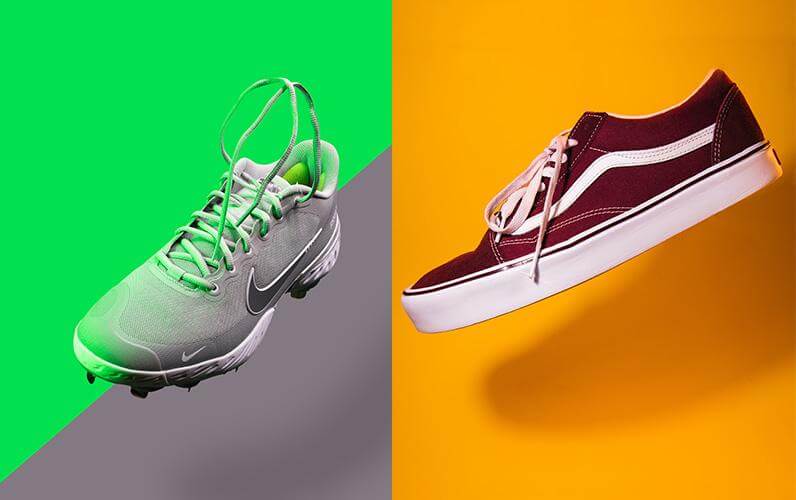
There’s no understating it: Product photography is absolutely critical to the success of every online store. These images are one major way shoppers learn about your products. And without them, you’ll have a tough time making a sale.
Though the importance of product photography is consistent, the trends are not. Knowing ecommerce photography trends can keep your brand relevant and help you drive sales. Here are some of the trends we’ve noticed in 2022.
Products in motion
Product photography should stand out to be successful, and the arrival of product videos is one way to do exactly that. Research by Google shows more than half of shoppers have made a decision about an online purchase with the help of a video about the product.
Though still images work, a product video provides a more comprehensive look at the item. Plus, video as a medium and content type is constantly in demand, especially as social platforms become shopping destinations.
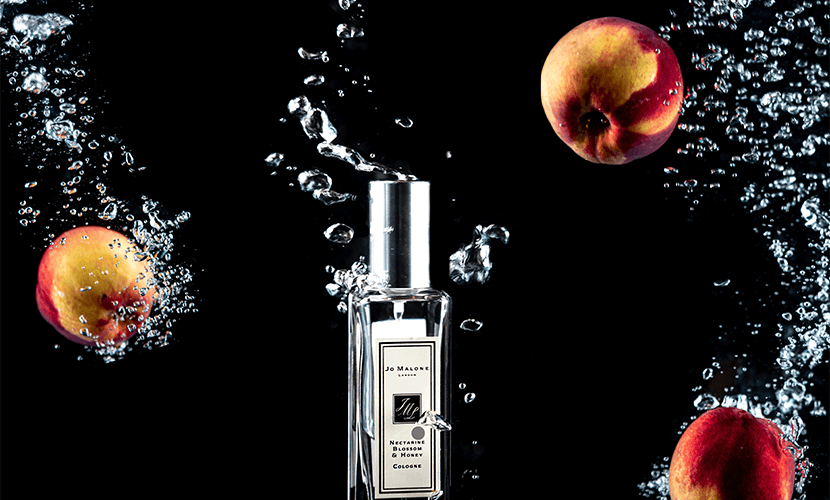
Product Photo by Shapov Anton (brightsidescreations.com)
You don’t need to create overly produced promotional videos or storylined commercials. You can put your products in motion with a few short clips or animated GIFs.
Customers find it easy to assess the product when its 360°spin imagery is used on the product page. Since they can’t hold the item in their hands before the purchase, seeing it clearly from all angles can be very helpful. It gives customers the assurance that they are buying the right product.
Floating products
One of the latest product photography trends is the effect of floating or levitation. This effect delivers some magic and playfulness to the product, creating an almost surreal look. You can edit together different moving or floating objects with props to change the layout during post-processing. You’ll also want to remove any unwanted elements or blocks you used as props, as well as add a drop shadow to give the image depth.

Product Photo by Solen Feyissa, Paul Gaudriault
Step into the light and let us create your shadows for you from 25¢ per image
Minimalistic approach
Clean, simple product photography is in for 2022—lots of props are out. Think self-standing or moving objects without additional details in the background. All attention is concentrated on the product.
Product photography is minimalist in color palette as well as the layout. Think plain or textured backgrounds, nothing too busy.
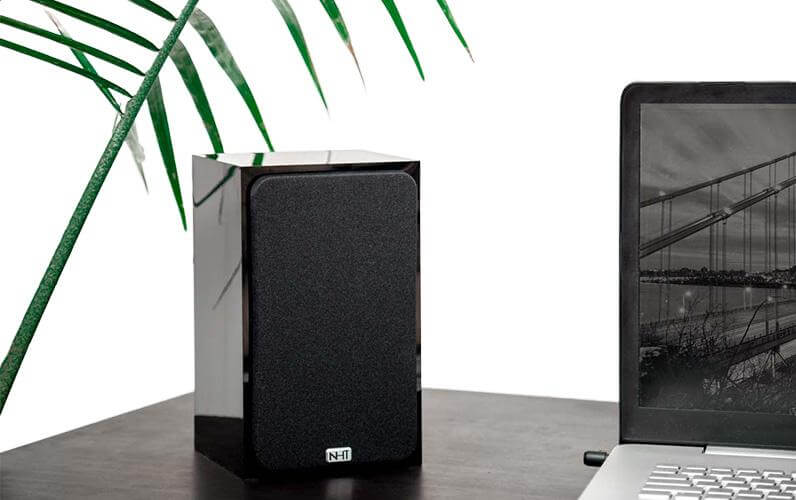
Product Photo by brightsidescreations.com
How Should I Choose the Color for My Product Background?
Geometry
Interesting geometric shapes and patterns prevail among the top product photography trends of 2022, complementary to minimalist shots we’re now seeing.The designs are not cluttered and don’t contain decorative elements, as a rule. Therefore, the product images abide with a sense of futurism attained with unusual figures, the contrast of colors, and lack of extra props. Such an approach makes the designs of product shots cleaner.
Monochrome colors
Monochrome colors contribute to the effect of cleanness. The clashing colors are avoided in modern e-commerce photography. It helps to keep a focus on your product. These are the best means to get a highly colored, minimal design.
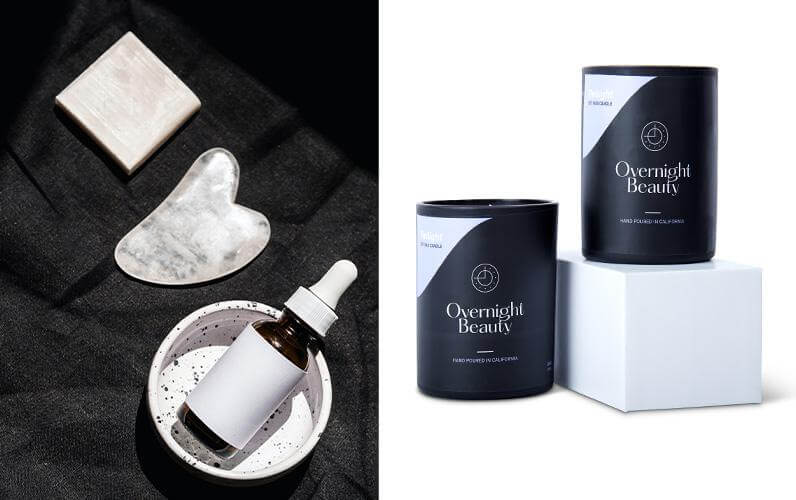
Product Photo by Polina Kovaleva, Shapov Anton (brightsidescreations.com)
Repetitive elements
The use of repetitive details is also an attention-grabbing feature that is widely used now. It looks impressive when you use it to make a pattern of products as if you create a wallpaper design! As a result, you get stunning product photography.

Photo by Amy Shamblen
Modern colorful backgrounds
You should also try colorful backgrounds for e-commerce product photos to make the result even more impressive and appealing. Surprise vibrant colors are widely used in modern photography, and product photography is not an exclusion. Such photos attract customers as they are full of optimism, confidence, and energy.
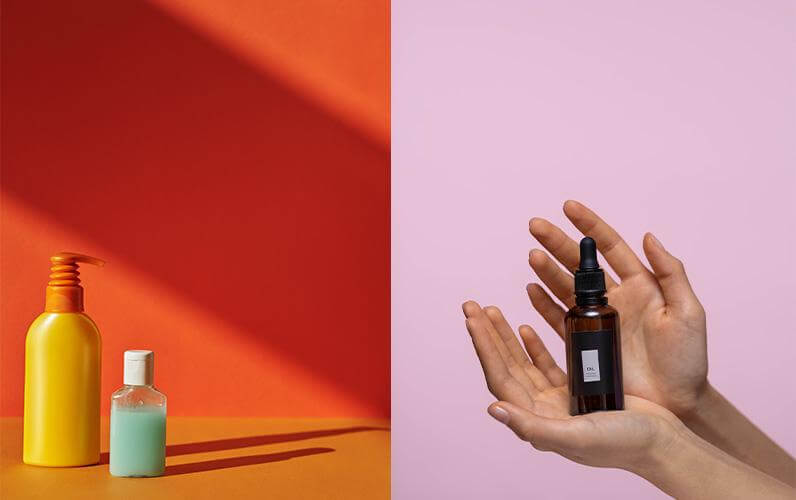
Product photo by Edward Jenner, Ron Lach
Use of real models
Featuring real people in your product shots allows potential customers to imagine themselves using the items as well. Plus, it gives the products scale. And in the case of apparel and accessories, shoppers can also see what the item looks like when being worn.
It’s important to choose the right models for your shots. The people in your images should reflect and be relatable to your target customer. By hiring gorgeous tall and slim models, you create a beautiful picture with the product. However, it might not sell well due to the wrong choice of models.
As the world becomes more diverse, so should the images we see. As such, product photography is moving away from the traditional model look and embracing people of all backgrounds, ages, shapes, and sizes. Using more realistic and diverse models also enables your diverse customer base to imagine themselves with your products.
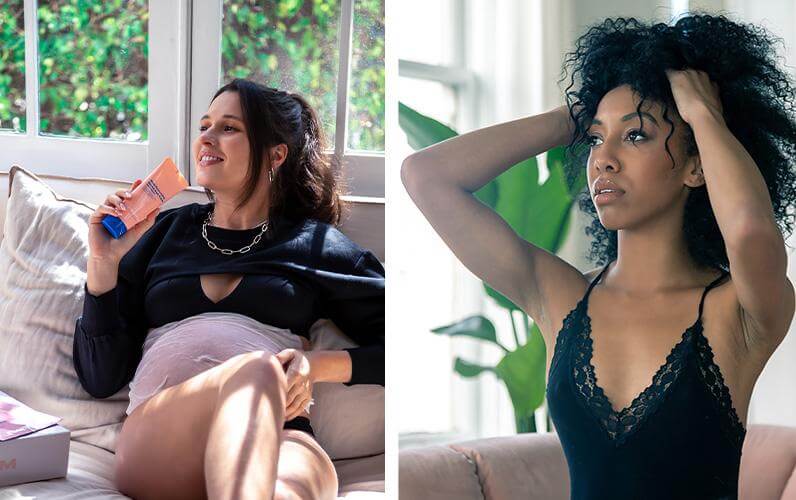
Photo by Shapov Anton (brightsidescreations.com)
Today’s product photos aren’t overly retouched so as to maintain the natural and authentic look of the models in them. While retouching is essential for something like fixing a blemish on a product, you don’t want to go overboard on Photoshop when it comes to people.
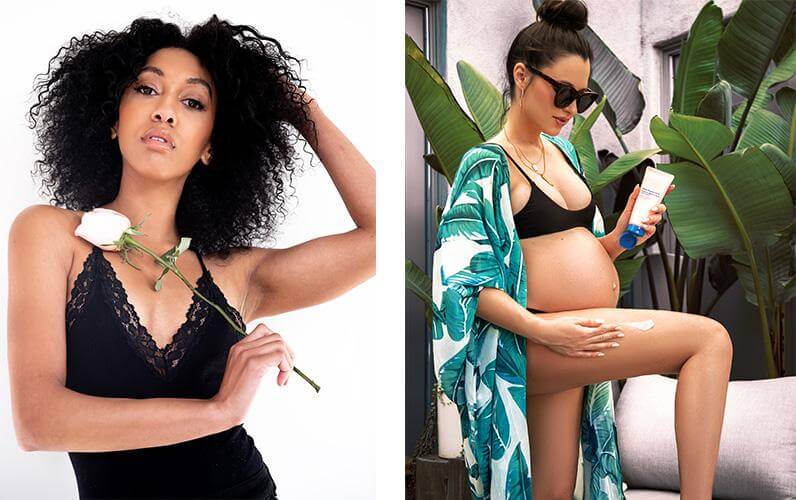
Photo by Shapov Anton (brightsidescreations.com)
Smarter image editing
With the development of artificial intelligence (AI) technology, new methods to edit photos have appeared. AI-based photo editing tools can remove backgrounds fast. And though this may be tempting, it leads to a lot of imperfections—and lost time.
Outsource editing
Many photographers see the importance of editing every photo by hand to maintain the quality of the image. But this takes a lot of time, patience, and attention to detail. As such, people are seeing the advantages of outsourcing tedious product photo edits to a talented team of designers like Path. This means that photographers can concentrate on the creative process without worrying about the technical side of things.
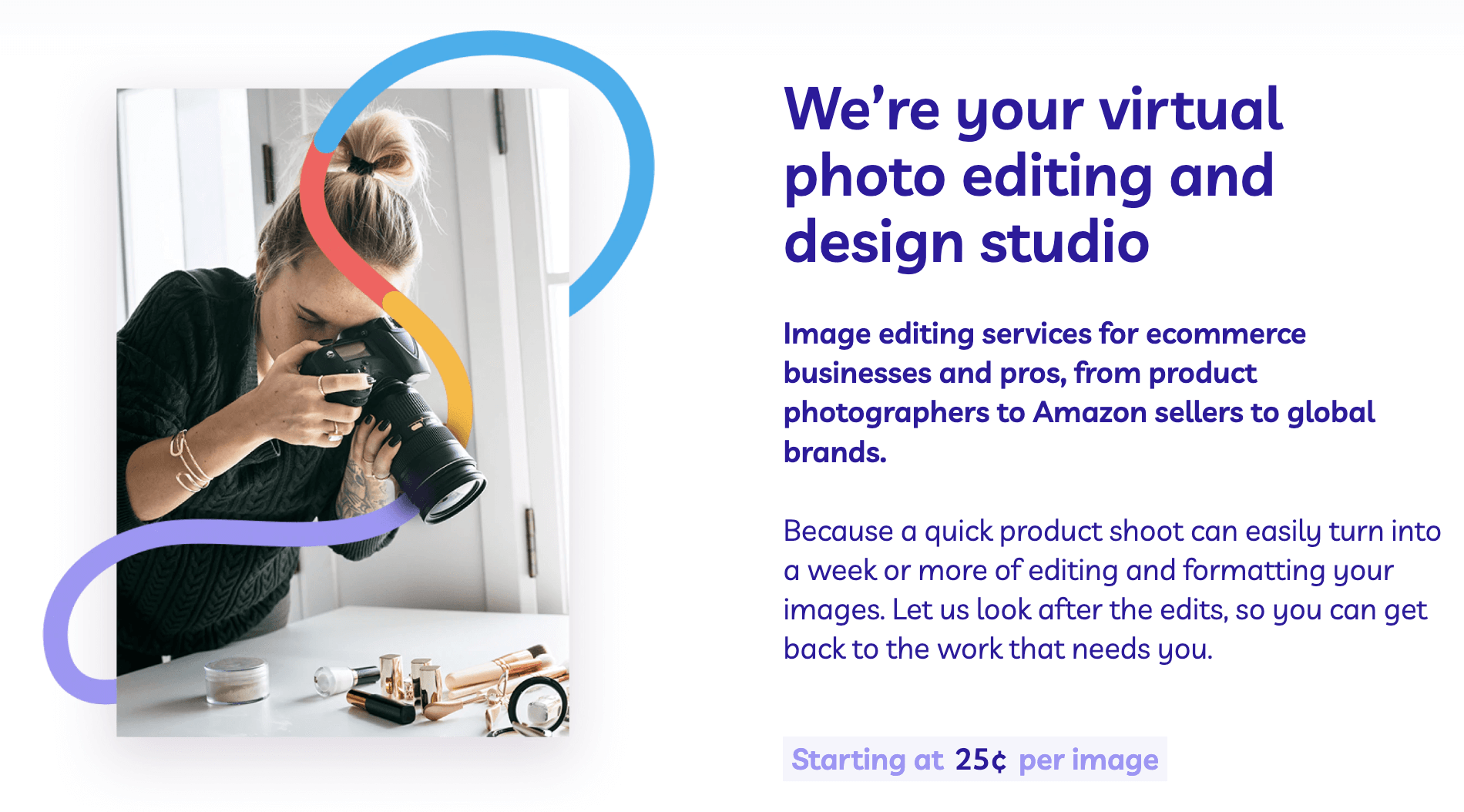
Background removal and clipping paths
Clipping paths are key edits to use to remove backgrounds and create shots where all attention is focused on the product. You can use clipping path and background removal to achieve white background product shots. These photos look crisp, clean, and consistent—so it’s easy to browse and shop online. You can also use plain colored backgrounds to keep the consistent look but add a bit of personality to your shots.
Let our pro designers look after your most tedious image edits, from 39¢ per image
Vertical mobile-ready images
Mobile commerce (mcommerce) is growing. Total mcommerce sales hit $359.32 billion in 2021 alone, up 15.2% from 2020. And by 2025, it’s forecasted to more than double to $728.28 billion and make up nearly half of retail ecommerce sales in the US.
Mobile commerce is a trend that isn’t going anywhere anytime soon—and product photography is adapting accordingly. As people browse and shop online, photos are shot, edited, and optimized for vertical viewing on smartphone screens.
On-demand product photography services
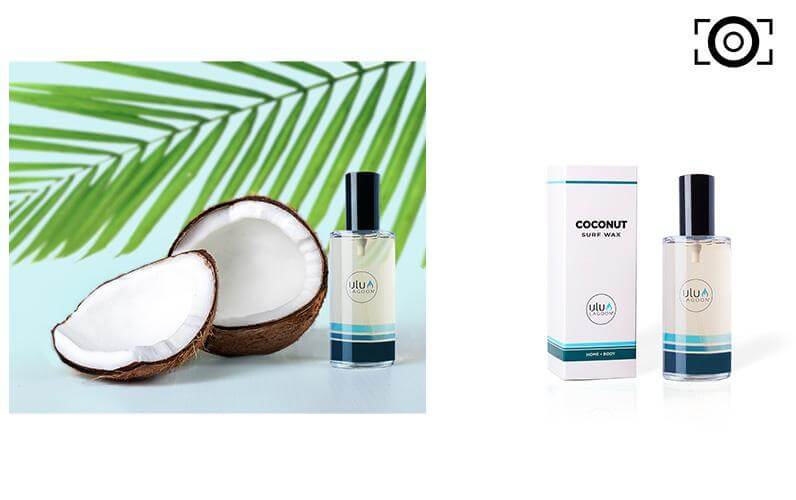
Not all companies are ready to hire a full-time photographer, let alone create an entire internal photography department. That’s where on-demand product photography services come in. Even if you have budget constraints, you can find an affordable way to hire a high-quality photographer to help get your brand off the ground.
Many ecommerce photography studios allow you to ship your products to them so you can be completely hands-off—no shoot day, no schedule coordination, just product photos. While this reduces your creative control, it can be an affordable and efficient way to get those first images.

